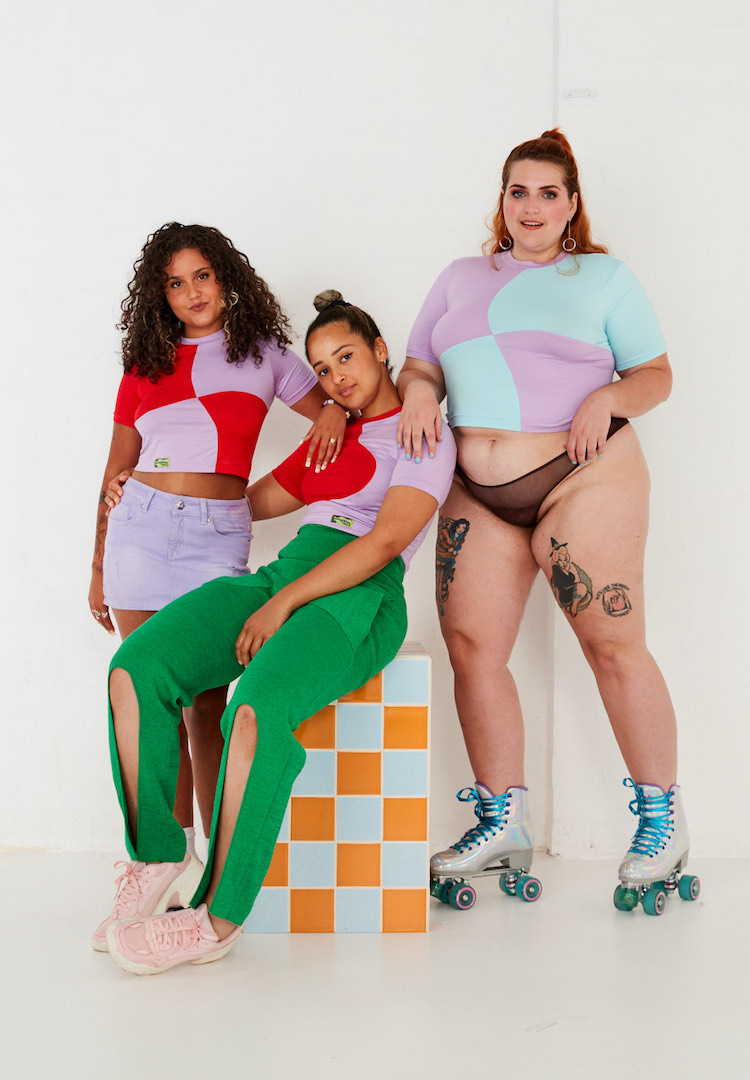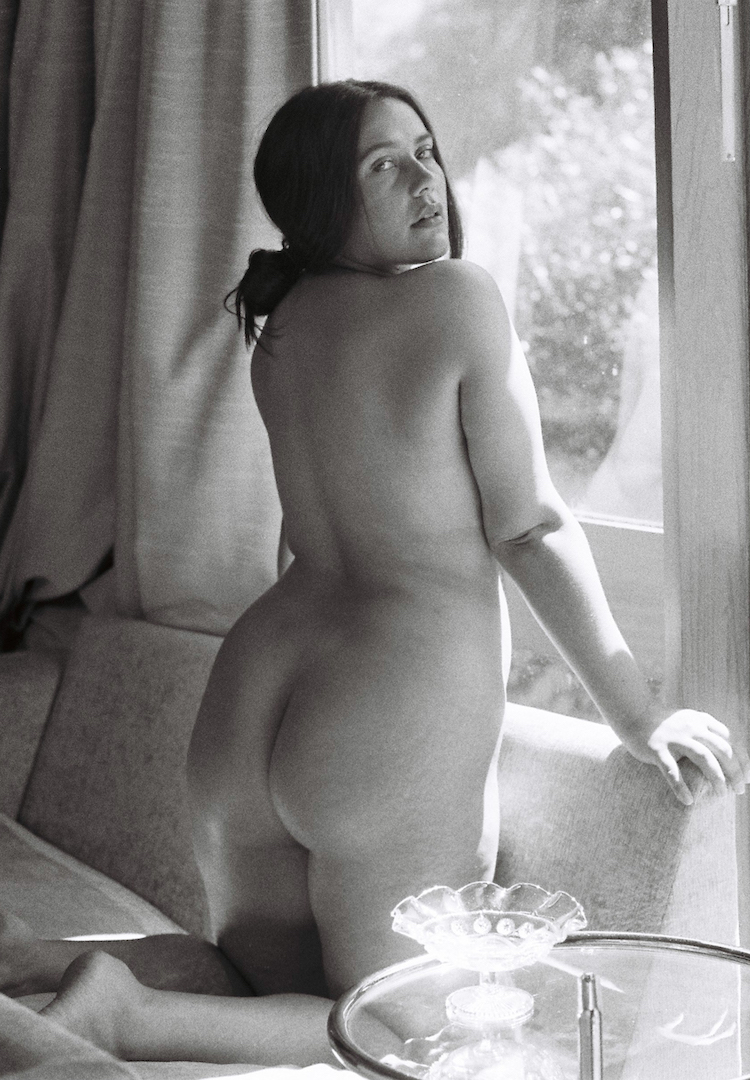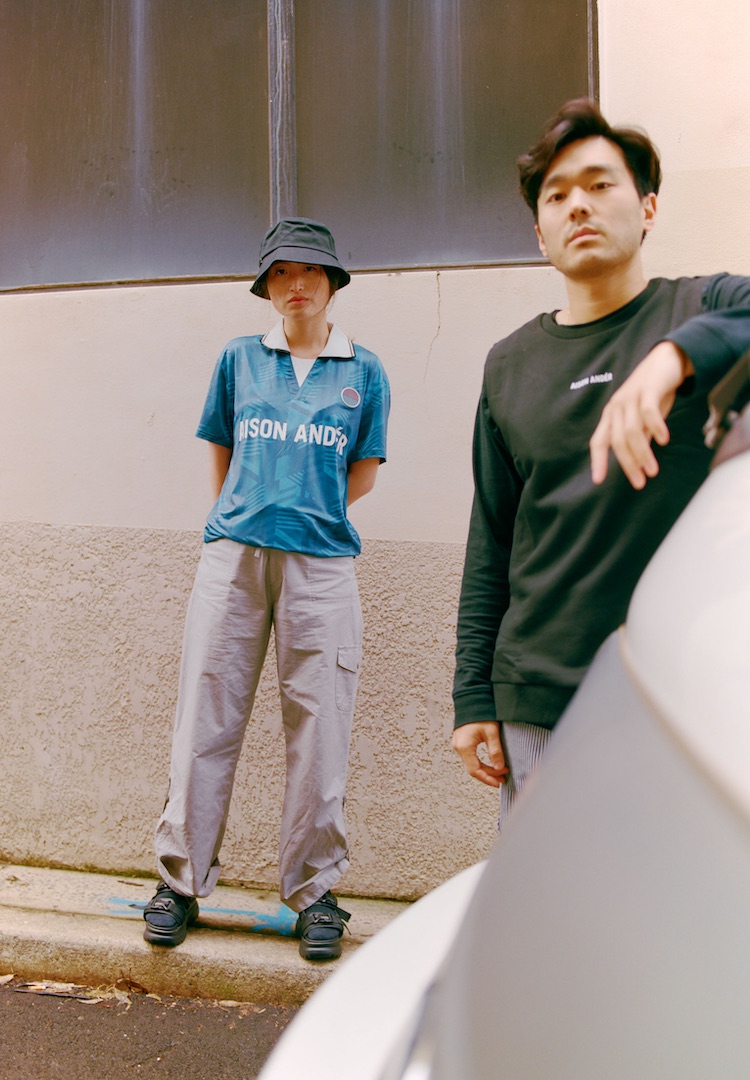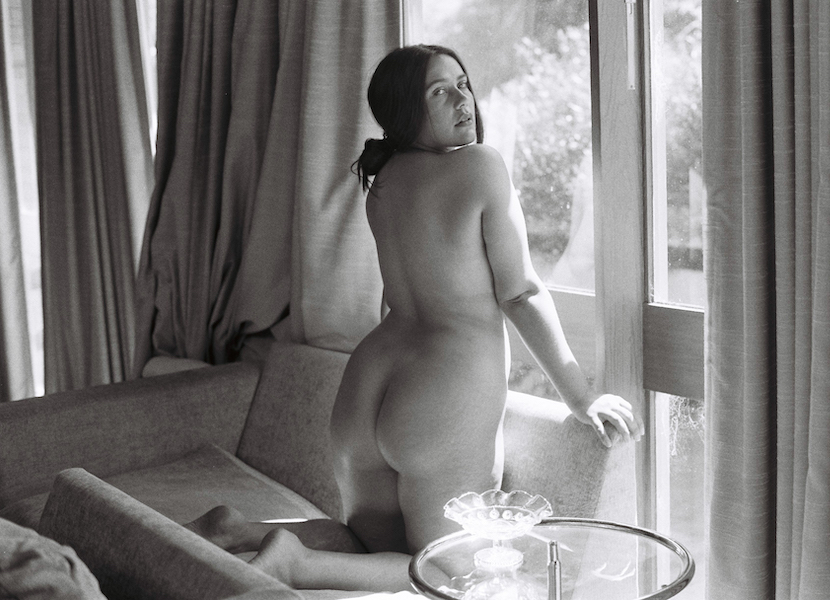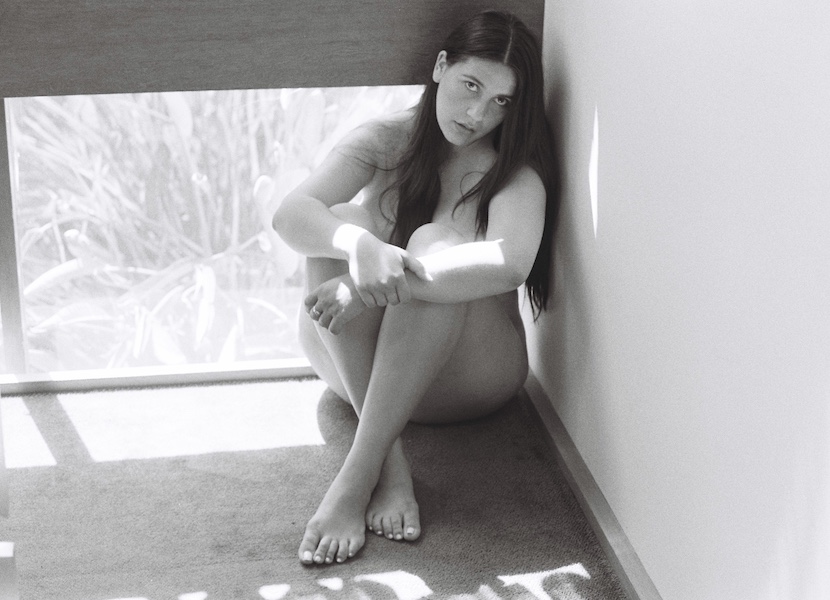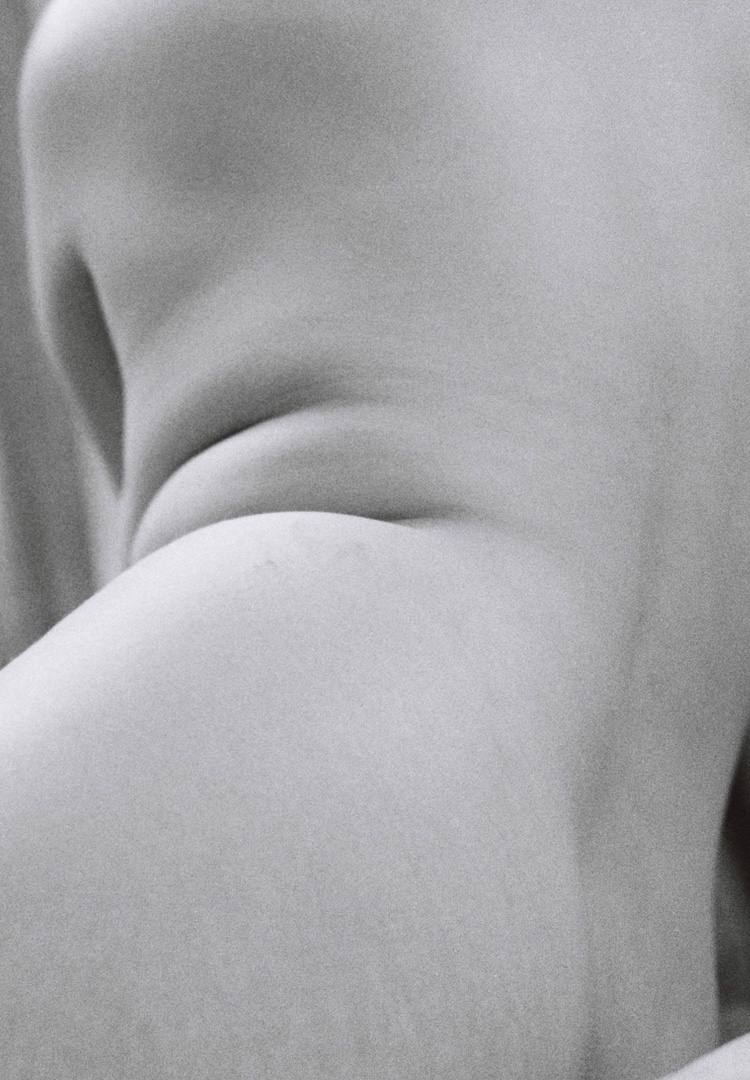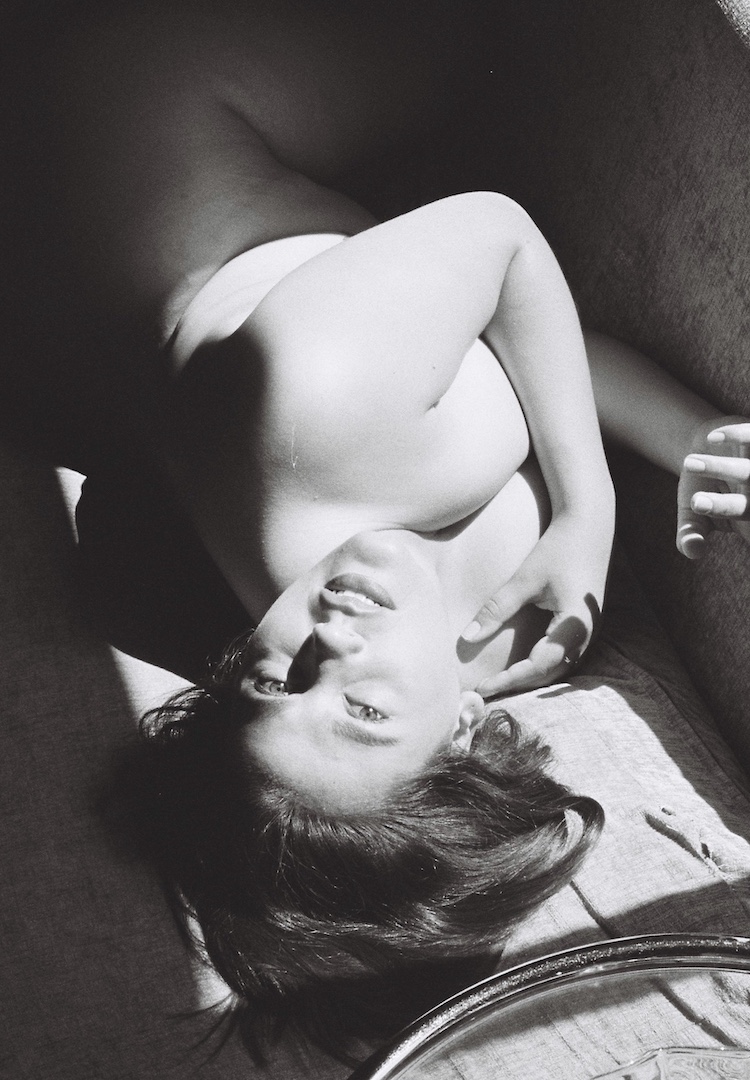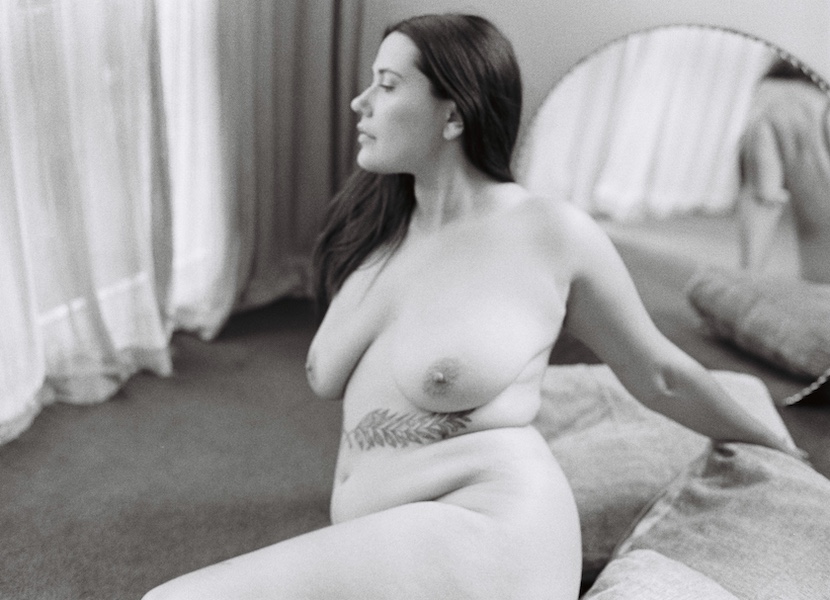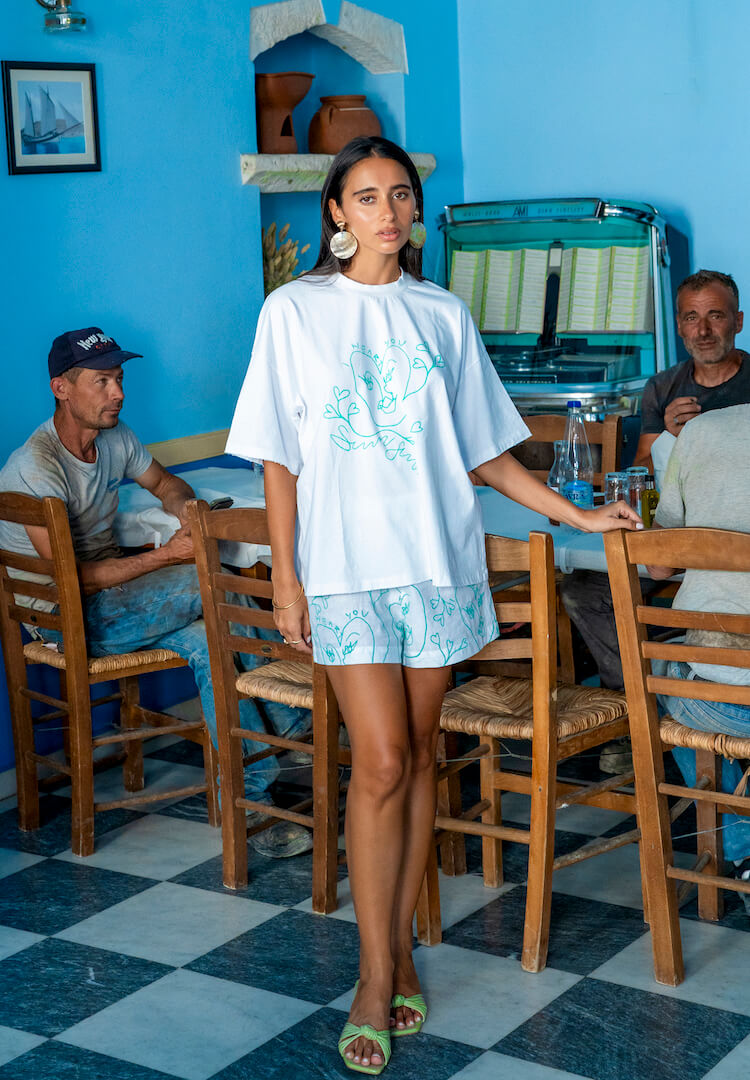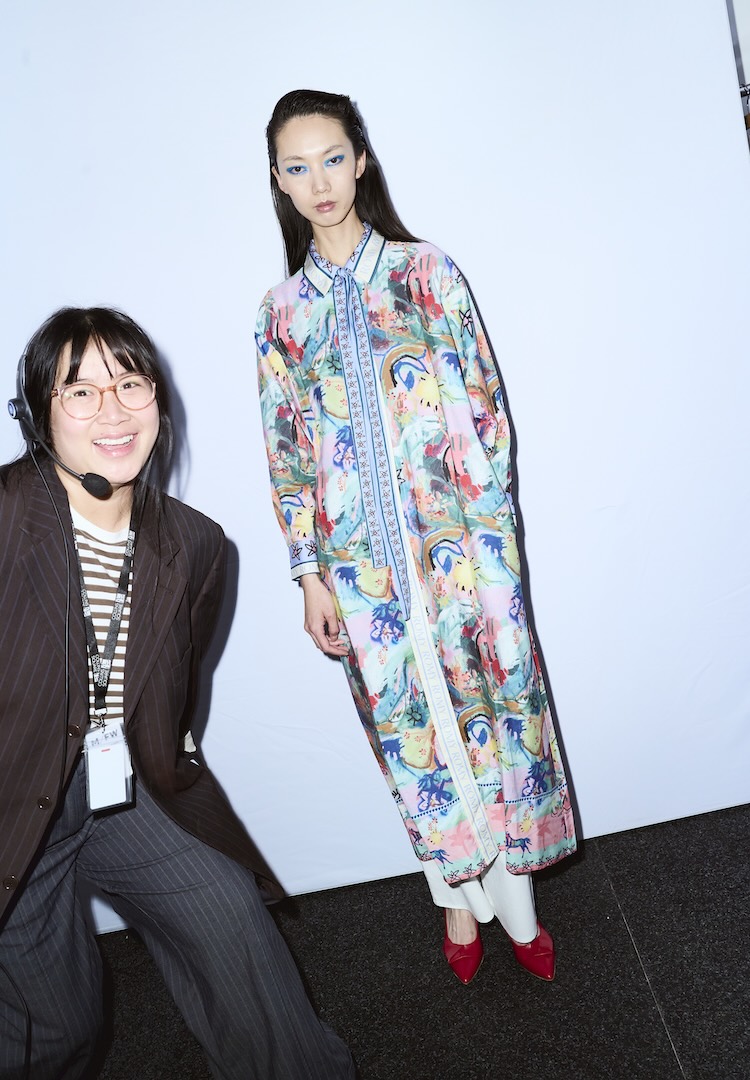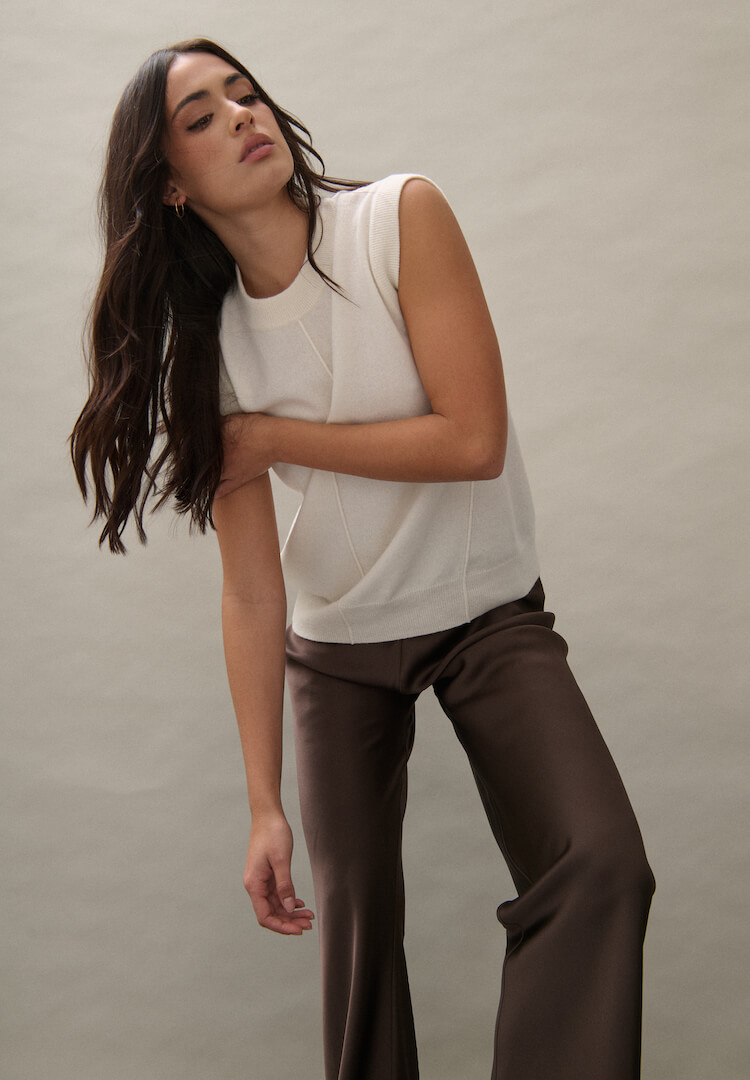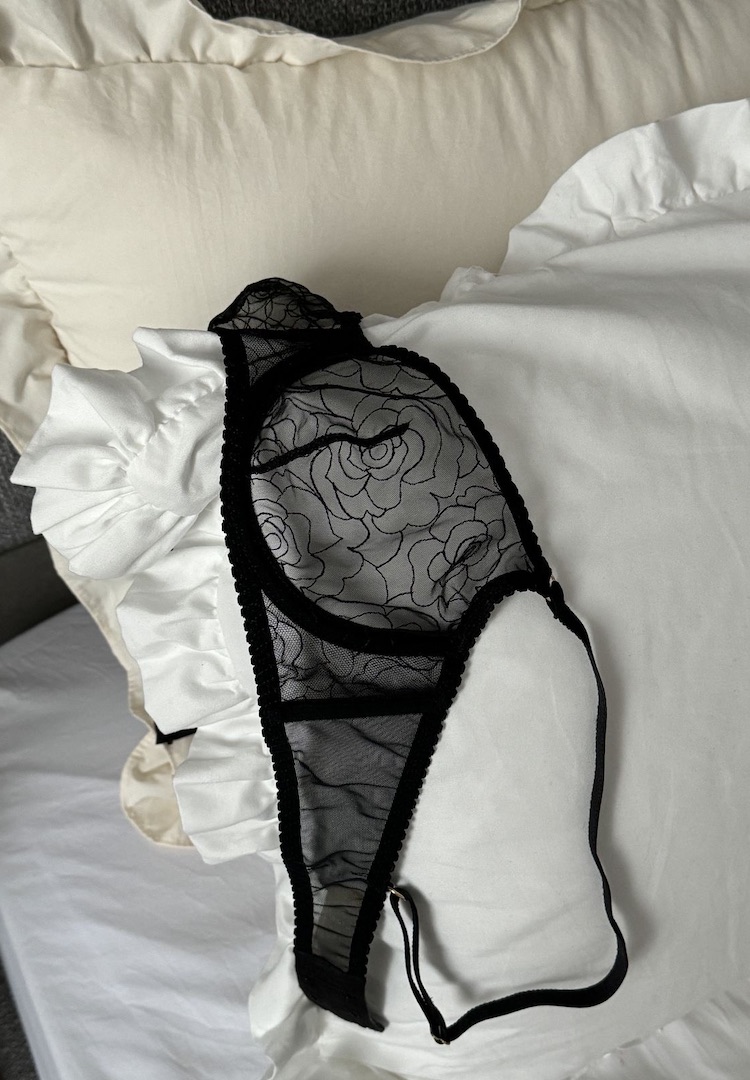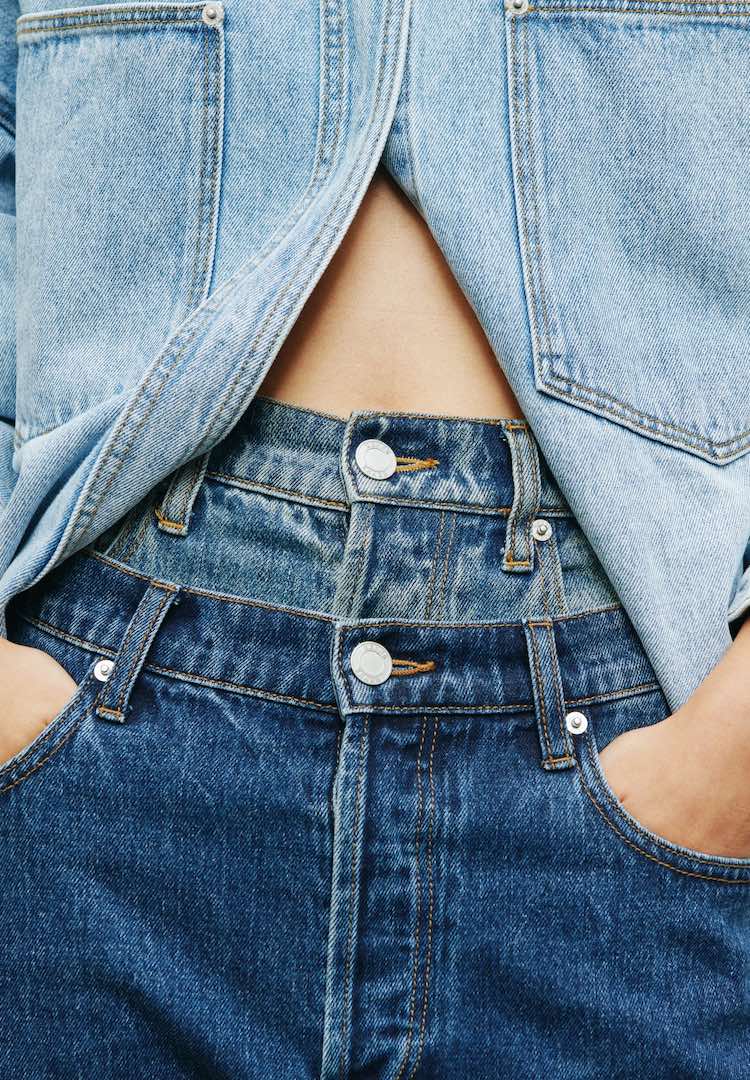I’m a “plus-size” model, here’s my take on body diversity in Australia
PHOTOGRAPHY BY Jacqueline Whitty
WORDS BY LAURA ROSCIOLI
“My body is not an apology.”
Growing up in Australia meant spending summer at the beach, opening up Christmas presents around the pool in the sweltering heat, running around in the nude under the backyard sprinkler and watching our Olympic swimmers win gold on primetime television.
Back then I knew Australian culture better than I do now. I knew it in its purest form, by simply living it. I wasn’t aware of Australia as a billboard image, as a marketable brand with aesthetic ideals.
Looking for other thought-provoking reads? Subscribe here and we’ll send them straight to your inbox.
Now, I see my cultural experiences bundled together and sold back to me in the form of a white-washed and vaguely athletic image. We all know that quintessential Australian “it” girl. The smiling Seafolly babe.
She’s fair-skinned, thin and has sun-bleached hair. She’s our picture of health, our vision of beauty. She’s the product of a marketing evolution that has drawn on all of our celebrated cultural elements and repurposed them into a sellable and aspirational image. She’s also a real person, which is easy to forget.
When we put on our bikinis, whether it’s at the beach, in our own backyards or standing in front of the mirror, for many of us, there’s a part of us striving to be that Seafolly girl. We want to be the ideal – we want our bodies to be publicly celebrated.
We don’t see fat rolls and think healthy. We don’t see cellulite and stretch marks and think idealistic. We’ve been conditioned to see plus-sized bodies as lazy, as though body shape is a choice.
As a population, we’re incredibly misinformed about body shape, genetics and health. It’s impossible for us all to look like the Seafolly girl. Sometimes, the routes we’re willing to take to try and fit into this ideal are extremely unhealthy.
It’s virtually impossible to compete with a standard of beauty that has been decided for us, without actually considering us. The majority of bodies in Australia don’t mirror the Seafolly girl’s and that doesn’t mean they’re unattractive or unhealthy.
Right now, it’s fashionable to celebrate women of all body types because it’s progressive. But often this attempt at diversity doesn’t truly represent progressive ideals – it’s a tokenistic approach. It’s a response to the demands of increasingly aware consumers.
A friend of mine, an Australian plus-sized model, likened some of her modelling experiences to McDonald’s’ reaction to the infamous fast-food documentary Super-Size Me.
“Instead of getting rid of the chemicals in their food,” she explained, “McDonald’s came out with a salad range. We are the salads. We’re a distraction to the real problem, a way for brands to seem inclusive and diverse, while they carry on celebrating their ideal beauty.”
“Ideal” beauty is a dangerous concept. It feels intimidatingly unattainable, especially when it’s repeatedly reinforced in public spaces of beauty, like magazine covers and advertising campaigns. In the last decade, Harper’s Bazaar Australia has only ever featured one plus-sized model on their cover – Ashley Graham, in 2019.
Meanwhile, Vogue Australia hasn’t featured a plus-sized model on its cover in the last 20 years. There has been the occasional above sample size celebrity such as Christine Anu in 2000 and Rebel Wilson in 2019, but without the “model” job title, the stigma of being labelled “plus-sized” changes.
In 2020, plus-sized models can be found inside these and other Australian fashion mags, but there’s something to be said for why they’re not the ones in the covers. Until a woman can look at a magazine and see her body shape represented on the cover, how can she stop comparing herself to an impossible standard?
It’s a difficult question because Australia needs to be more accepting of diversity in general. Our population includes 270 different ethnic groups, yet Australia’s ideal beauty remains thin, white and blonde. Why shouldn’t our Australian models represent our diverse cultural landscape?
I know that I am a woman deemed attractive by society and therefore, acceptable in fashion. I am a palatable version of a “plus-sized” woman. I am diverse enough, but not too diverse. And still, when I tell people that I’m a model I’m often met with: “You must be a plus-sized model, right?”.
They ask it as though there needs to be an explanation of how I got there, without being the Australian ideal. As though my size needs to be accounted for. “Plus-sized” models are any size over an Australian size eight, while the average Australian woman is a size 14 to 16. I fluctuate between a size 10 to 14.
At work, I find myself in the company of the cover girls of the industry and they don’t look like me. I sometimes feel the urge to apologise for not being her and to identify with the plus-size label I’m given instead of simply being “a model”.
But you know what? My body is not an apology. This is the conversation we have to have. Size doesn’t affect beauty. Technology has given us universality like never before, and platforms where we can use our voices to talk about the things that matter to us. We have agency over how we present ourselves to the world and what we wish to stand for.
As I write this, I can think of 20 well-known people and institutions that have faced public backlash for platforming anti-progressive values during 2020. A central topic of debate has been diversity. We have the power to speak up, we just need to take it.
In order to create change, we have to recognise flaws in our systems and we have to show up to the conversation. In doing this, we can create our own standards of beauty. The Australian fashion industry has absolutely evolved in the last 10 years, otherwise, I wouldn’t have a job.
But I want to see it evolve further, into an industry that celebrates the beauty that exists in people as they are. That’s the industry I want to work in. Without labels. Without size requirements. Without ticking a box. Without a ladder.
We need to realise that our fashion industry actively contributes to the way our society views beauty, success and power and that these fundamental aspects of our world will only benefit from the true acceptance and representation of diverse people and bodies.
I no longer look to the industry to tell me what I can and can’t be. I love the beach; therefore, I am a beach babe. I wear a bikini; therefore, I have a bikini body. I am a curvy woman who works as a model; therefore, I am simply a model.
If you’re struggling with body image issues, you can call the Butterfly National Helpline at 1800 33 4673 for free and confidential support, or email or chat to them online here.

